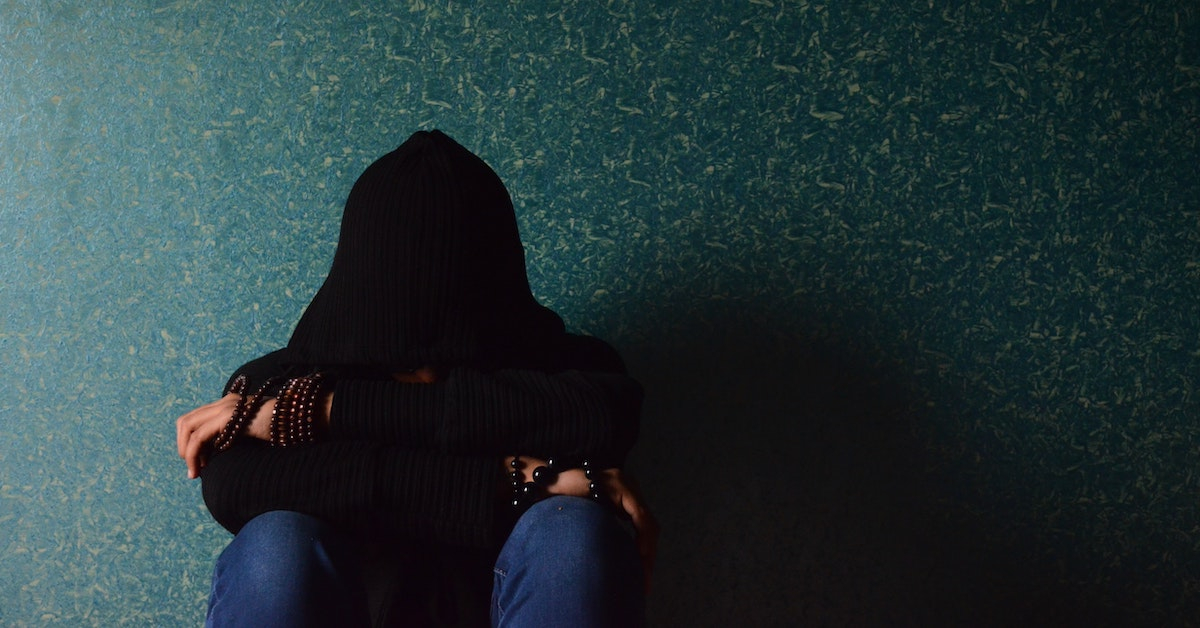New CDC data released this week points toward revelations that aren’t entirely surprising, but sorely disappointing nonetheless. As we’d previously been covering at length, the state of youth mental health in this country remains in a collective crisis, and sadly, that crisis does not appear to be getting better.
The new Centers for Disease Control report, released this week, draws attention to some extremely stark mental health disparities among youths and adolescents in the United States. From 2011 to 2021, the number of teen girls in America who reported dealing with persistent feelings of sadness and hopelessness increased exponentially; from 36% to 57%.
This near-20% increase is almost double the near-10% increase of teen boys who reported persistent feelings of sadness, hopelessness, and depression. That figure shot up from 21% to 29% over the past decade, but although youth mental health is facing more challenges overall, female and LGBTQ+ youth appear to be facing more psychological adversities at greater rates than boys.
Let’s assess the key findings gleaned from this 89-page CDC report, and what they say about the state of youth mental health in the United States.
A Youth Mental Health Crisis in America
To quote the Centers For Disease Control Medical Director, M.D. Debra Houry, “High school should be a time for trailblazing, not trauma. These data show our kids need far more support to cope, hope, and thrive.”
The data ascertained from this Youth Risk Behavior Survey goes to show a profound rise in mental health struggles among some of the most marginalized adolescents in our society. It points toward record-high rates of violent traumatic experiences, depression, and suicidal ideation as a result, particularly among LGBTQ+ teens and teen girls.
The conclusion of this survey data also closes off in 2021. Since then, even more potential challenges and harms to the emotional well-being of these adolescents have emerged, from an increasing wave of discriminatory legislation against gender-affirming care, to increasingly restrictive measures targeting women's healthcare.
The growing, problematic prevalence of misogyny and anti-LGBTQ+ sentiment in our society cannot be overlooked or ignored in these findings. With that said, let’s look at some key mental health insights unearthed from this Youth Risk Behavior Survey, which polled a nationally-representative sample of high school students:
- About 30% of all teen girls contemplated suicide, up 60% from 2011 to 2021.
- Nearly 1 in 5 teen girls (or 18%) experienced sexual violence in the past year.
- More than half (52%) of all LGBTQ+ teens report dealing with poor mental health.
- Nearly 3 in 5 teen girls felt persistently sad in 2021 - at double the rate of boys.
- The rates of teen sexual violence rates increased 20% from 2017 to 2021.
- Teenage girls faced a greater risk of developing substance use disorders than teen boys.
- Roughly 9% of students avoided going to school due to safety concerns.
- BIPOC adolescents faced a greater risk of dealing with sexual violence.
- Nearly 30% of LGBTQ+ students dealt with offline and online bullying.
- Female students were more likely to face bullying than male students.
According to the CDC, there was a statistically significant increase in young males who were cyberbullied (or “electronically bullied”, as the YRBS defined it). Nevertheless, in almost every other metric, the emotional well-being of teen girls fared significantly worse than it did for most teenage boys in the United States.
Though almost all young people reported diminished emotional well-being over the last decade, young girls and LGBTQ+ teens in America face some of the greatest risk of suffering traumatic hardships, all across the board. But just as the YRBS survey has highlighted the ways in which home and school can be a source of youth trauma, the CDC made recommendations on how those environments can alleviate trauma.
The 89-page report emphasizes the importance of having positive adults, parents, faculty, and mentor figures in the lives of young people. The CDC also hopes that its findings will encourage further investment in schools as a means of supportive outreach. Schools can offer refuge from an unsafe home environment, equip and educate teens on crucial coping skills, and serve as a vital source of community.
According to Centers for Disease Control representative Kathleen Ethier, Ph.D, “Young people are experiencing a level of distress that calls on us to act with urgency and compassion… With the right programs and services in place, schools have the unique ability to help our youth flourish.”
CDC Mental Health Facts: The CDC On Mental Health During COVID
LGBTQ+ teens and young girls face the greatest risk of suffering traumatic incidents that can worsen emotional well-being. However, CDC mental health statistics (even figures followed pre, during, and post-pandemic) also reflect worsened states of mental health across the United States at large:
- Over 1 in 10 US adults (11.7%) suffer from persistent feelings of anxiety.
- About 4.8% of US adults struggle living with “regular feelings” of depression.
- Roughly 6.2 million emergency room visits in the US concern mental health.
- Over 57 million doctor visits in the US pertain to mental health conditions.
- About one in five Americans will experience mental illness in a given year.
- More than 50% of Americans are diagnosed with a mental health disorder.
- At least 1 in 5 US children will develop “seriously debilitating” mental illness.
- Deliberate self-harm is the 11th leading cause of death in the United States.
- About 1 in 25 Americans lives with a case of severe, serious mental illness.
(In this context, “serious mental illness” refers to conditions like major depression, schizophrenia, and bipolar disorder.)
The YBRS report highlights important disparities regarding how the American mental healthcare system is currently failing to support those who need the most support. Still, it doesn’t take an 89-page survey to extrapolate that the past few years have been an emotionally challenging time for many Americans.
Even the workers tasked with helping Americans cope are sometimes struggling to cope with the traumas and emotional distress heightened by COVID. These heightened stressors are prompting new CDC guidelines to mental health providers and healthcare professionals in general.
All too often, affordability, accessibility, and bigoted social stigmas remain persistent barriers. Barriers standing in the way of people's ability to receive the support they need and deserve. All too often, places that should offer additional support, community, and compassion for teens fail to do so.
One can only hope that further recognition and awareness of adolescent mental health disparities will inspire more impassioned systemic efforts to address these disparities.
Online Therapy Platforms and Mental Health Crisis Resources
Even if there are no local practicing therapists with offices in your area, low-cost online therapy providers like Sesame Care, Brightside, and Calmerry might still be able to offer you affordable, remotely-accessible support whenever you need it.
Furthermore, if you’re currently experiencing heightened emotional distress like the sort described in this new CDC survey, we would strongly, strongly implore you to review their page offering guidance on free, confidential crisis resources.
Lastly, if you or a loved one is currently in immediate crisis, please consider reaching out to the 9-8-8 Crisis Lifeline. Mental health difficulties can feel profoundly alienating at times; even so, you’re still far from alone in those struggles, and you shouldn't be alone through those struggles.


